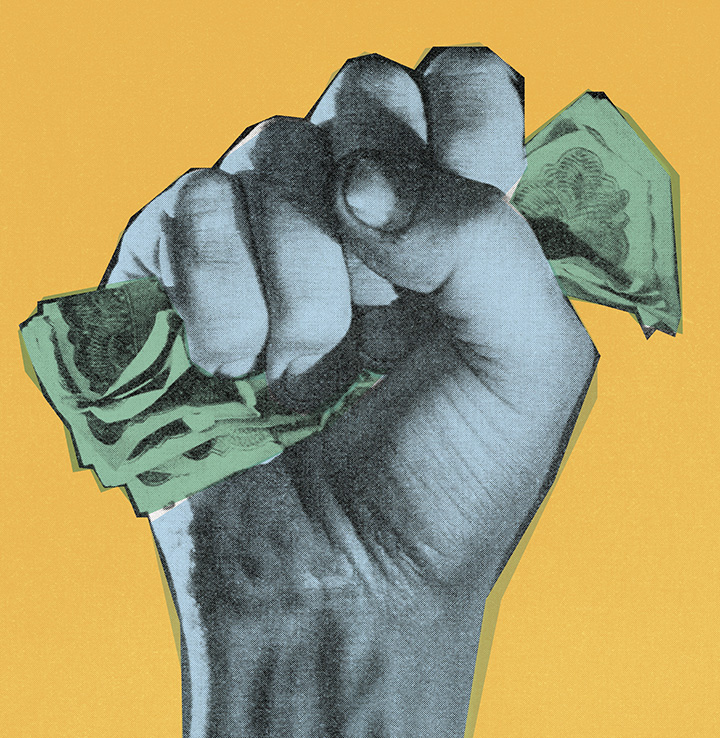Investment Outlook - Strong US Dollar

Powerful, well-built, tough, and indestructible are all synonyms for the word STRONG. The word strong has positive connotations in our lexicon, but when used to describe the US dollar it is more complicated. A strong or strengthening dollar means the value of the US dollar is appreciating compared to a basket of other global currencies. When measured to a basket of global currencies, the US dollar is at a two-decade high, having risen by about 15% year-to-date. Several factors influence the price of the US dollar, but fear of a global recession and rising interest rates are the two main drivers contributing to the recent strengthening.
US treasuries are considered to be the least risky asset on the planet because it is backed by the full faith of the United States government, which controls the world's reserve currency – the US dollar. When the economic, and in this case geopolitical, foothold begins to appear unstable, there is a flight to quality, meaning the repositioning of risky investments to less risky investments. Investors want the safety of the US government-backed securities. Adding more momentum to the strength of the dollar is the change in US monetary policy. The Federal Reserve has raised interest rates, which pushes up the yield on bonds, including treasuries, making US treasuries even more attractive.
Treasuries are purchased in dollars, so foreign investors need dollars to buy them, which in turn pushes up the demand for US dollars. The supply and demand curve that many of us learned about in high school holds true for currencies, as well. When demand for dollars increases, their value increases. It is this basic principle that has caused much of the strength in the dollar.
